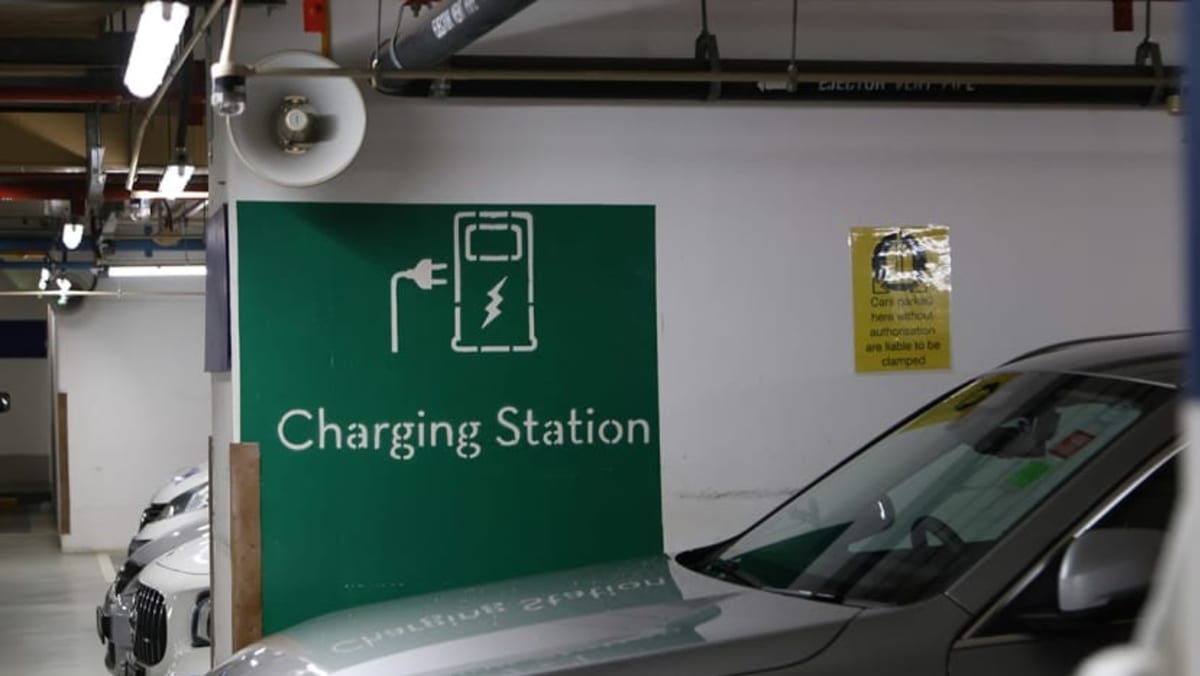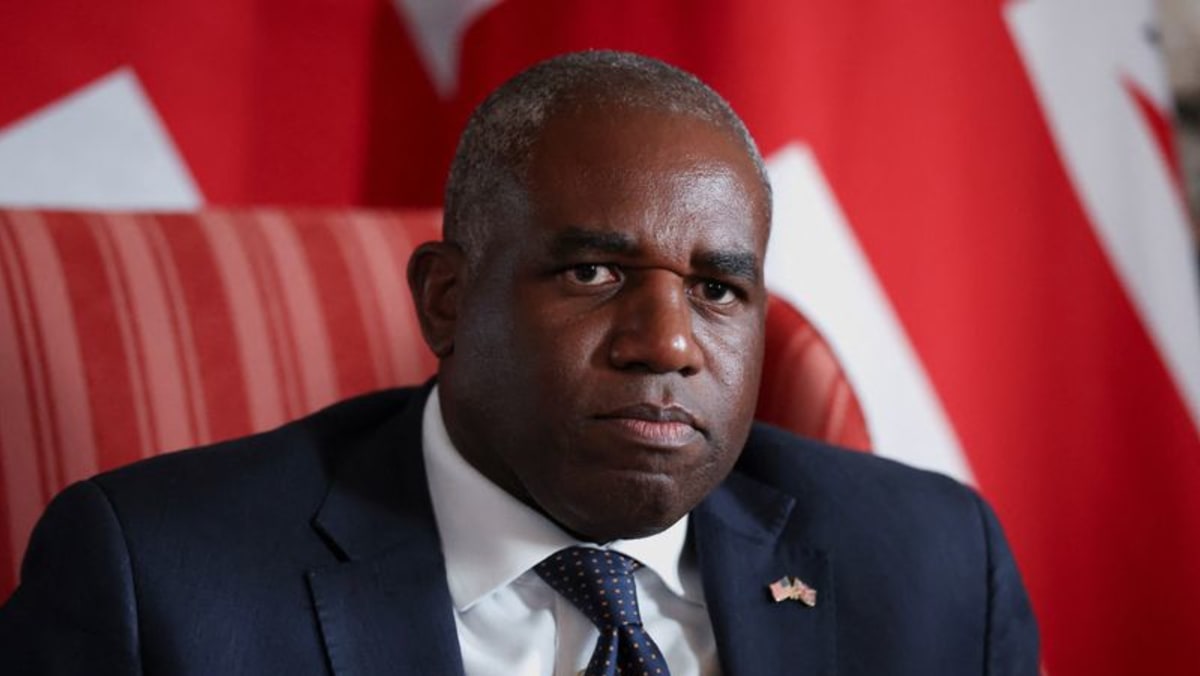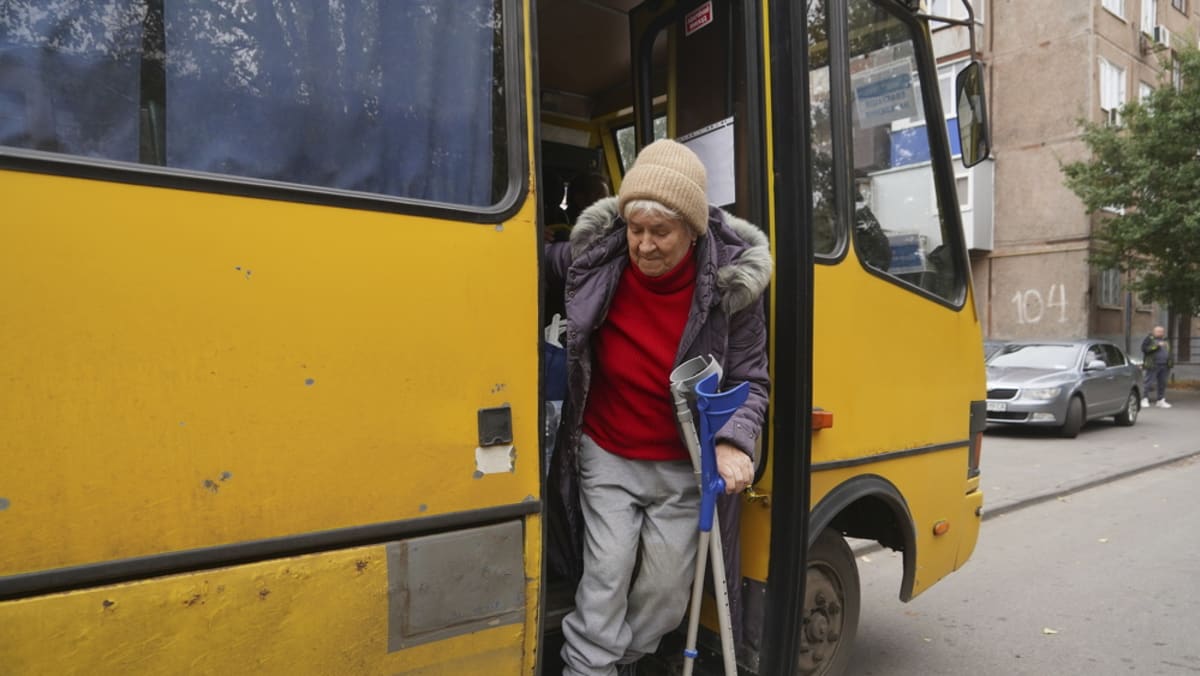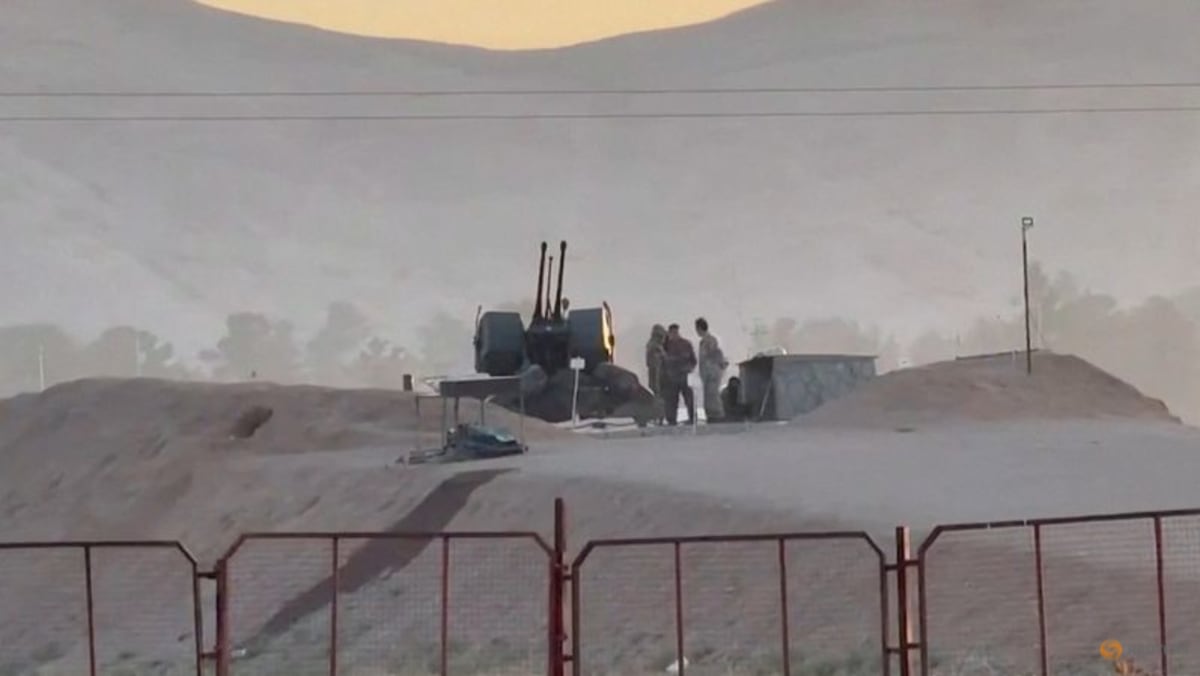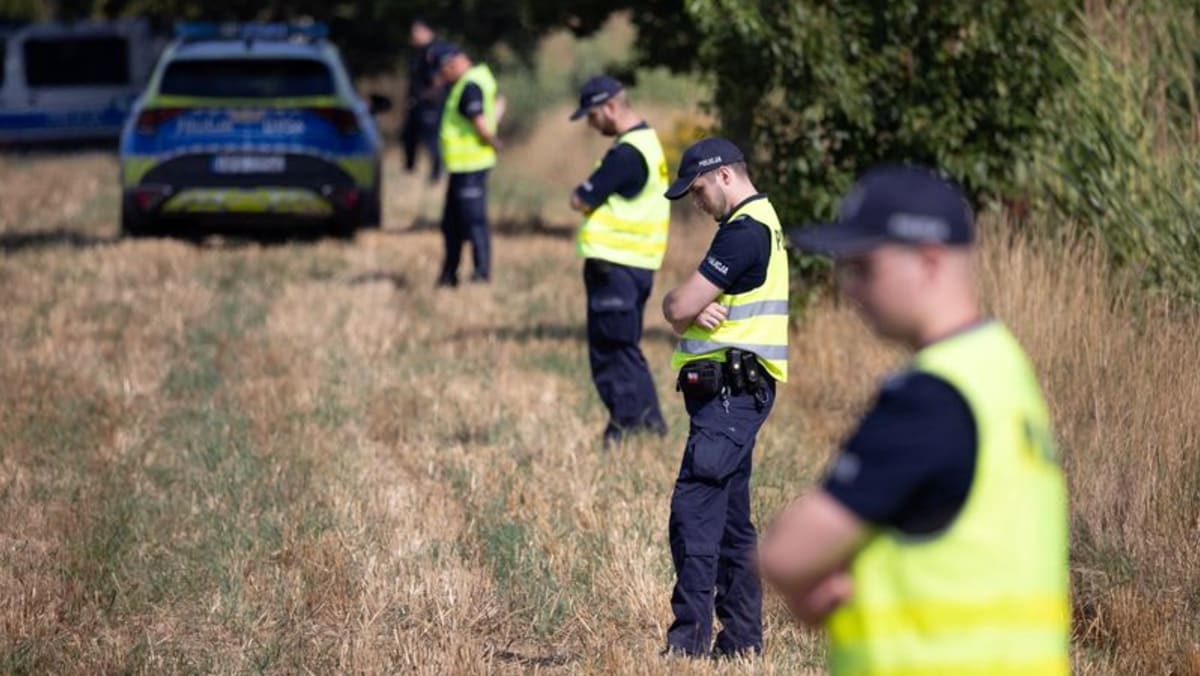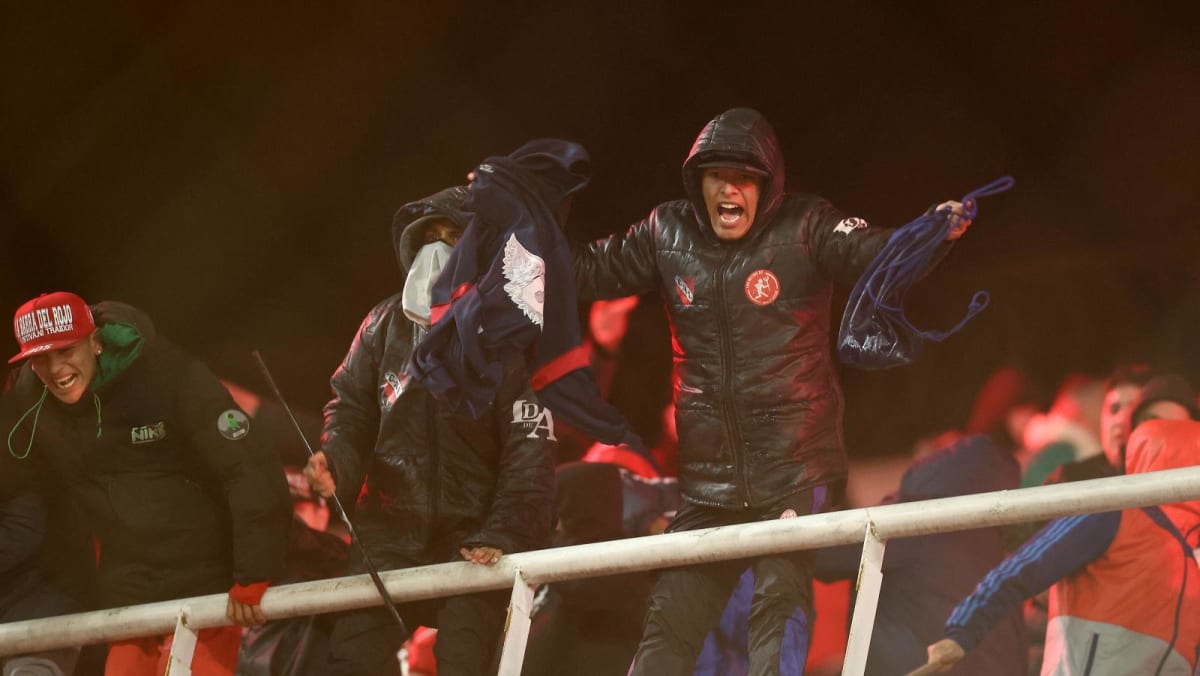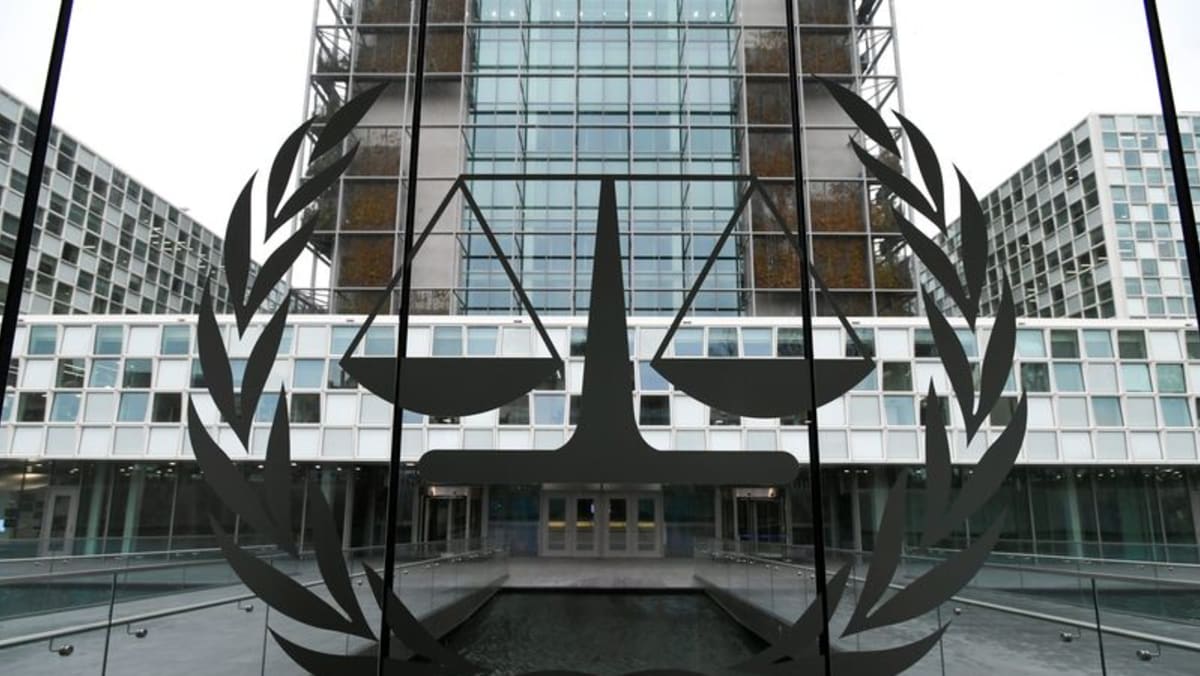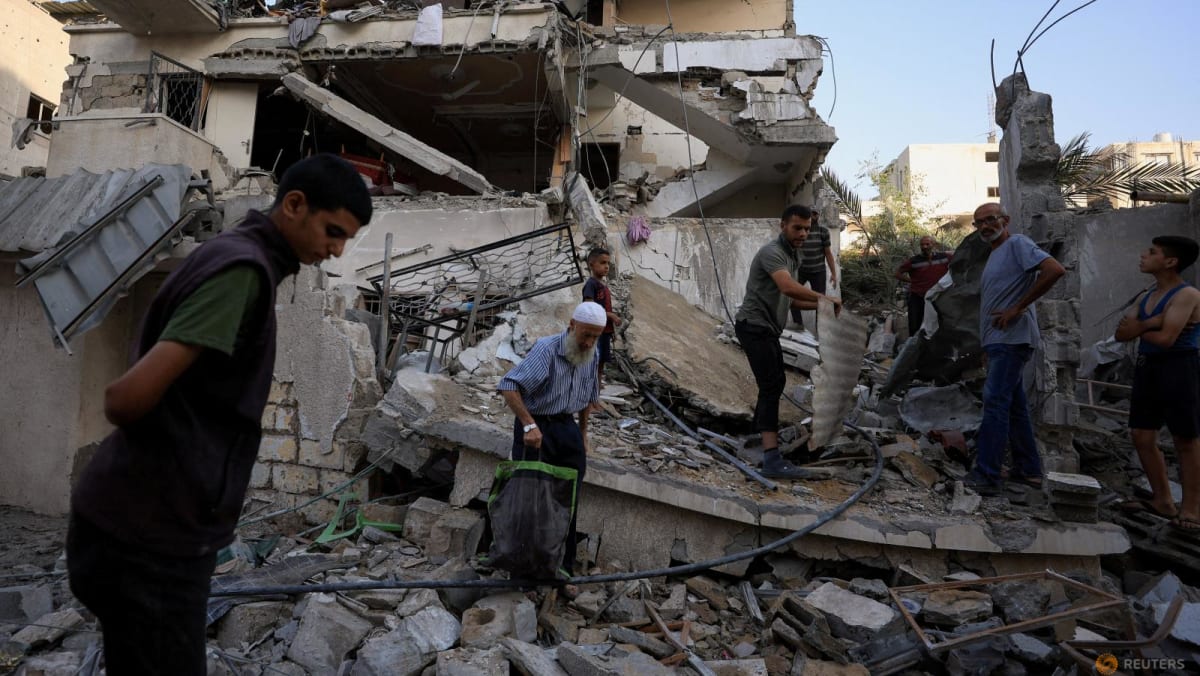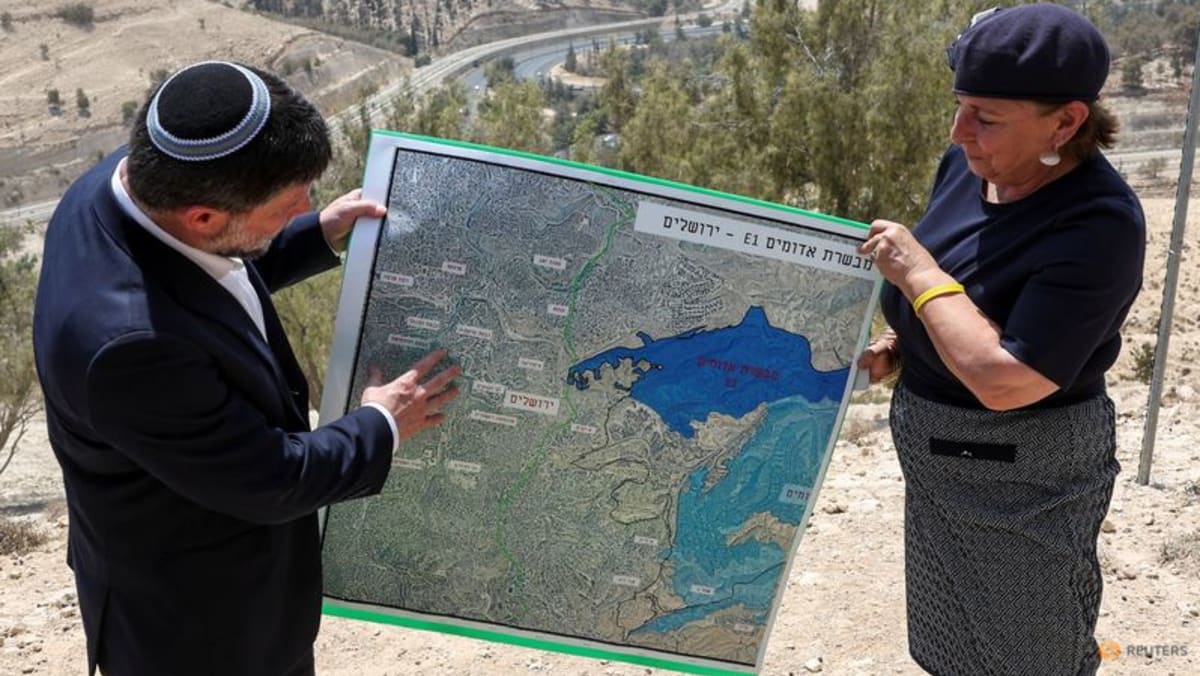LIFE DURING WARTIME
At first sight, life seems to go on much as anywhere else. Shevchenko and Gorky parks are immaculate in the summer sunshine with flowers in bloom and children riding their little trains along the litterless paths. Something of the Soviet idyll remains, with classical music wafting through trees, piped in through speakers.
The plush Nikolsky shopping mall just off the central Sumy Prospekt, said to be the largest in Ukraine, is well-stocked, bright and vibrant. At night, the bars are busy. Their clientele is regarded by their young counterparts in Kyiv as little short of crazy just for being there. It is appropriate that Kharkiv’s proud epiphet – “unbreakable” – is seen on signs everywhere.
Despite all this, there is an abiding sense of emptiness. Before the full-scale war began in 2022, Kharkiv had a population of around 1.5 million. My friend, an academic, estimates that less than half remain, although no official figures are available. Perhaps a million are abroad or elsewhere in Ukraine. People worry about how many will return.
The city was Ukraine’s academic powerhouse, hosting among its 30 or so colleges and universities the country’s oldest, the Karazin Kharkiv National University, named after its eponymous founder in 1804. This year, student enrolment is expected to be well under 100,000 – down from 300,000 before the war. Previously, many students were from Asia and Africa – a tradition stretching into Soviet times. They are all gone now and may never come back.
It is thought not to be advisable for foreigners to stay in hotels. Several of them have been targeted by the Russians on the basis that journalists may be staying there. Foreign media and troops from the Ukrainian Army’s foreign legion are the only non-Ukrainians seen around now, and then not very often. With so many apartments empty, there is no shortage of accommodation on offer.
